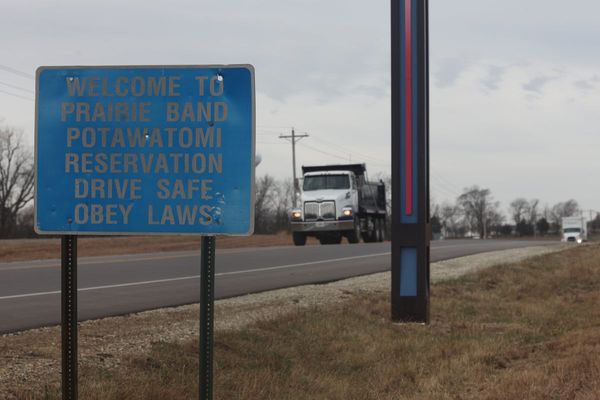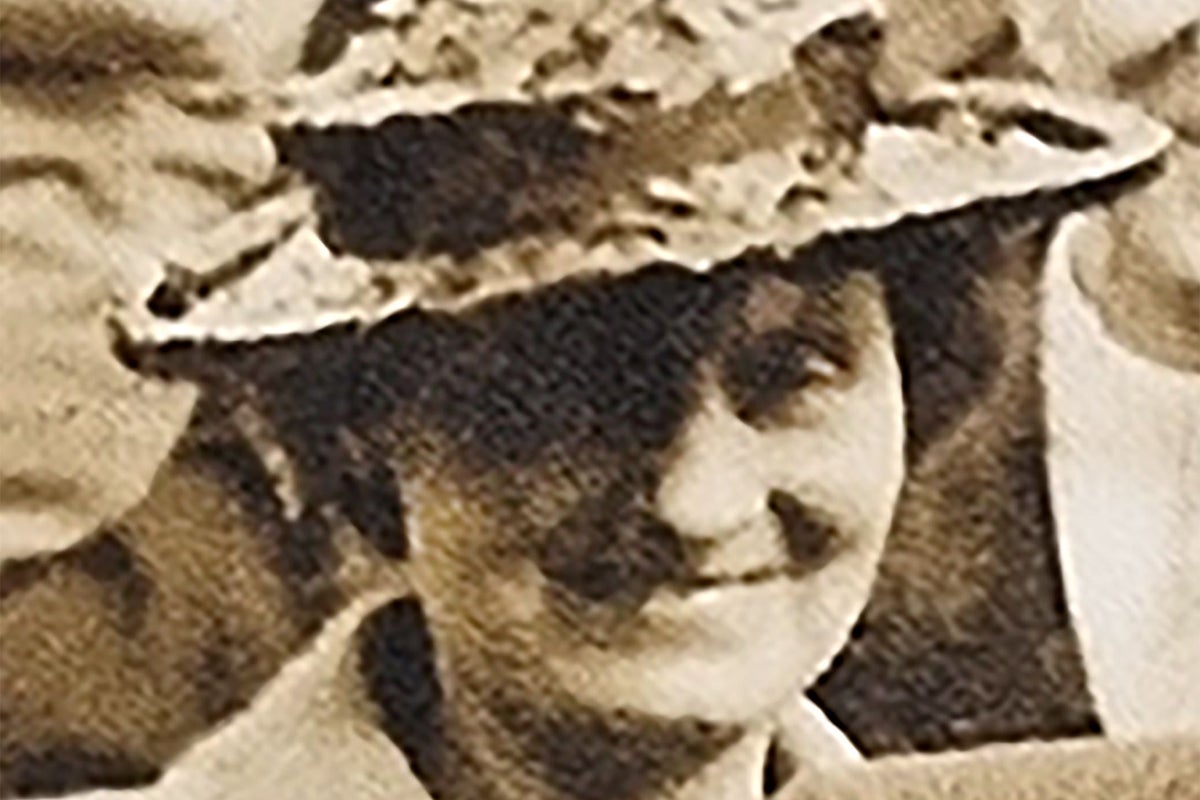
A doctor who pronounced a mother-of-two dead after she was allegedly raped and killed has given evidence to her murder trial almost 60 years later.
Louisa Dunne, 75, who had been twice widowed and lived alone, was found dead in her front room in Britannia Road, Easton, by neighbours on the morning of June 28 in 1967.
Police launched an investigation, including taking palm prints from thousands of local boys and men to compare against one found on a window at Mrs Dunne’s home, but her killer was not identified.
They eventually boxed up evidence from the scene and a DNA match was allegedly made last year to a man called Ryland Headley, now 92, who is now on trial at Bristol Crown Court.
Headley, of Ipswich, Suffolk, denies charges of rape and murder.
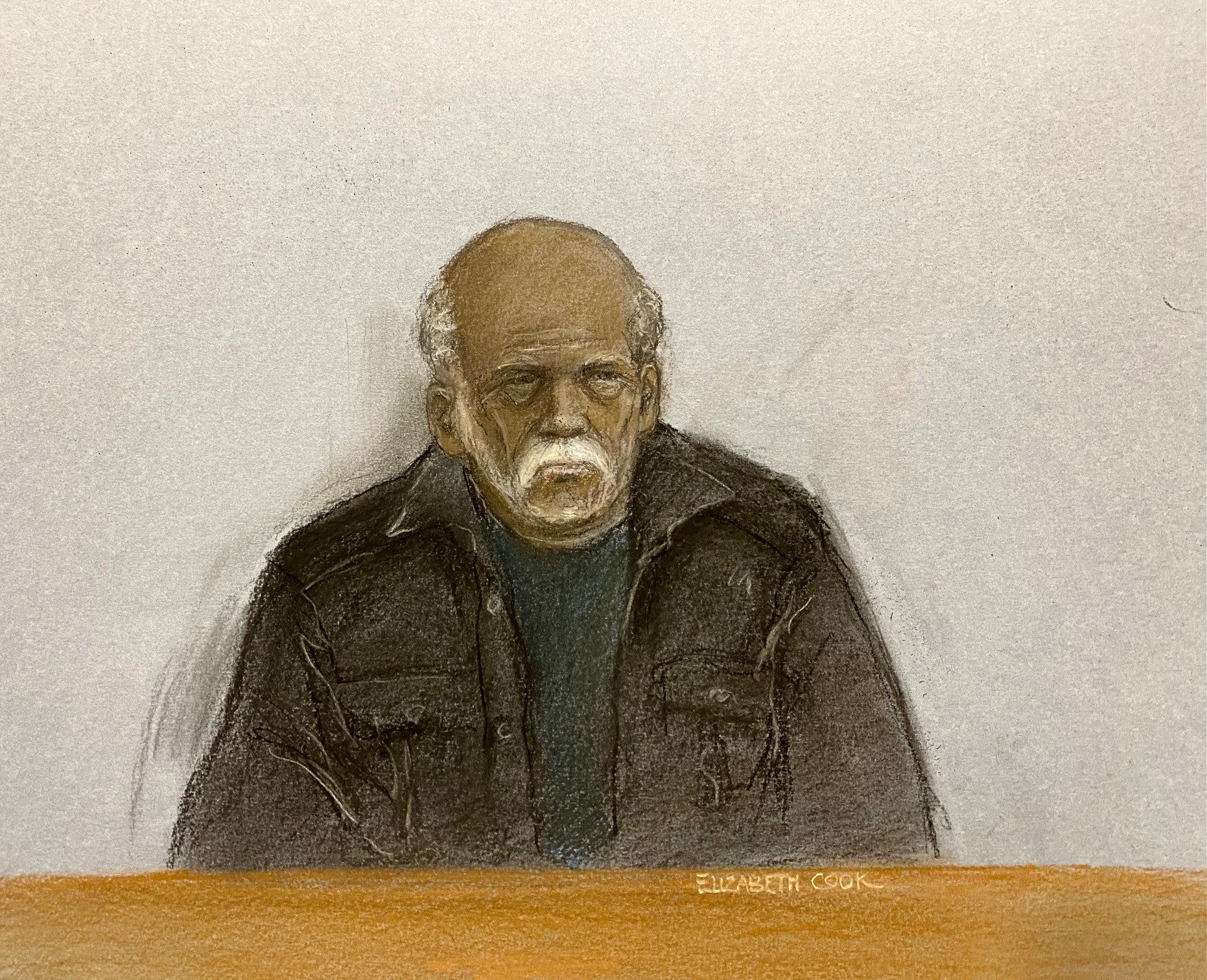
On Tuesday, Dr Norman Taylor who was called to the scene as Mrs Dunne’s local general practitioner (GP) gave evidence to the trial via video link.
Dr Taylor told how he had been aged in his early 30s in 1967 and had been working as a GP for about 10 months.
Anna Vigars KC, prosecuting, asked Dr Taylor about receiving a call from ambulance control at 11.55am on June 28 to attend Mrs Dunne’s address.
She asked: “Did you go?”
Dr Taylor replied: “I did.”
Mrs Vigars asked: “Did you find the body of an elderly lady on the floor in the front room?”
Dr Taylor said: “Yes, I did. I remember she was lying on her back. I don’t remember what she was lying on.
“I remember one of the officers said her knickers were found round her knees.”
Jeremy Benson KC, representing Headley, asked if Dr Taylor had been wearing latex gloves when he examined Mrs Dunne.
Dr Taylor replied: “No.”
He confirmed that none of the police officers had been wearing latex gloves either.
Earlier on Tuesday, Mrs Vigars and Ramin Pakrooh, for the prosecution, read statements from neighbours and emergency service workers who had been at the scene in 1967.
Sergeant Frederick Durbin attended Mrs Dunne’s home on Britannia Road at about 12pm and saw her body on the floor in the front room.
“She was lying flat on her back between a piano and the foot of the single bed,” Sgt Durbin said.
“It didn’t appear as if anything in the room had been disturbed, nor were there any signs of a violent struggle.
“Dr Taylor arrived at about 12.05pm and examined the body. Dr Taylor pronounced life extinct and left the house.”
Neighbours recalled hearing a scream in the night that Mrs Dunne is believed to have been killed.
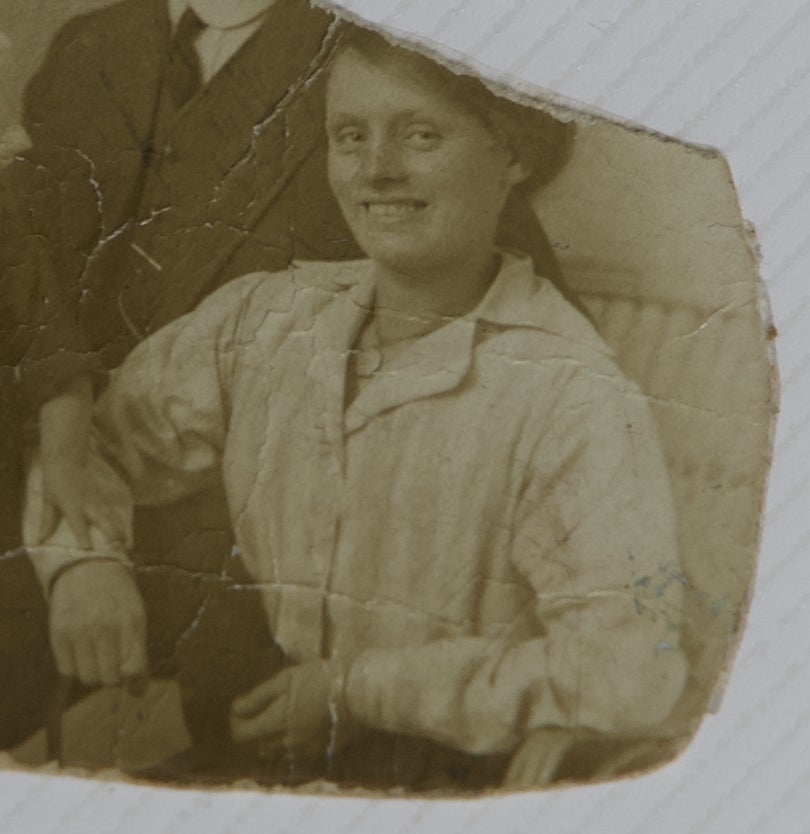
Violet Fortune, who lived close to Mrs Dunne’s two-bedroom terraced house, described being awoken by “what sounded like a scream”.
“It wasn’t a long, piercing scream, but a crying out,” Mrs Fortune said.
“It sounded muffled. I got out of bed and went to the window. I could see up and down the road by the light of the moon but there was no-one in sight.
“I stood at the window for about a minute then got back into bed. I had been back in bed for two minutes when I heard someone cry out.
“I could distinguish it was the voice of a woman. It lasted for about two to three seconds.”
Harold Hodson, 64, told officers how he had gone to bed but was woken up by his dog.
“I heard a loud scream,” Mr Hodson said.
“It was a frightening scream. It was obviously an adult woman. If sounded as if someone was being attacked.
“There was a sound I can only describe as moans or being muffled. There were three or four of these moans.”
Violet Allen, a neighbour of Mrs Dunne, told how concern was raised for her welfare as her front sash window was open and she had not been since by late morning.
She climbed through the open window and found Mrs Dunne dead in the front room, which she used as a bedroom.
“I went to her and felt her hand and realised she was dead,” Mrs Allen told police.
“She was as cold as ice.”
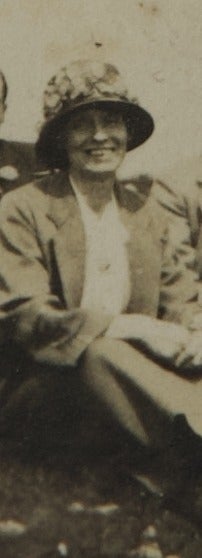
Ambulance attendant Alfred Maslin recalled seeing a number of handbags in Mrs Dunne’s back room, with one brown bag left open and three keys loose on the floor.
A sash window at the back of the house appeared to have been recently damaged, with the pivot catch broken away, he added.
Pathologist Albert Hunt said Mrs Dunne, who he estimated had died between 10pm and 4am, had a scarf behind her head and “extensive abrasions” to her lips.
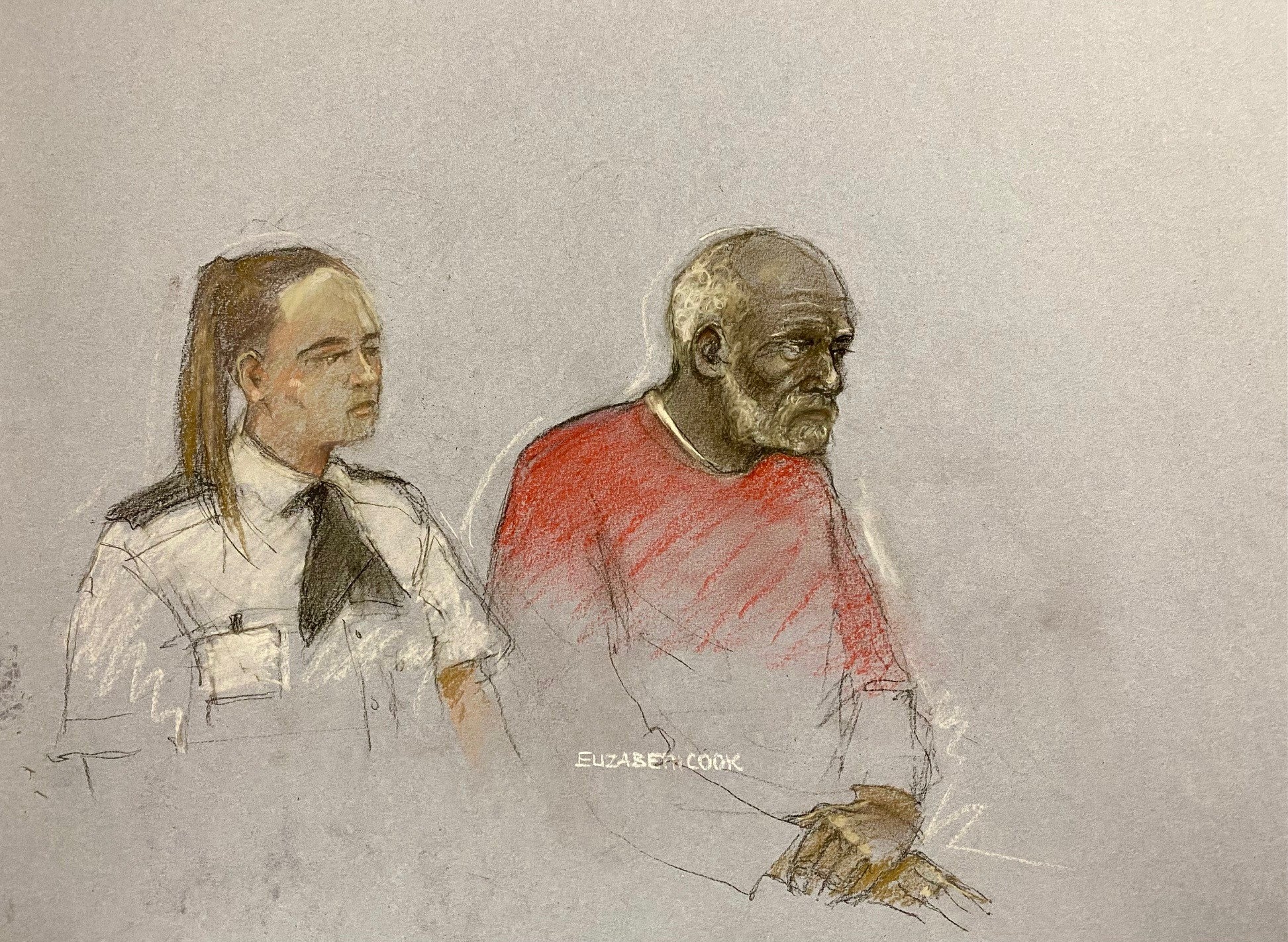
“The most likely explanation is that a hand has been forcibly held over her mouth,” Dr Hunt said.
“The straight mark across the back of her neck has probably been caused by the scarf being tightened violently at the front.”
He recorded Mrs Dunne’s cause of death as asphyxia due to strangulation and pressure on the mouth.
The jury previously heard how semen was discovered on Mrs Dunne’s skirt and matched Mr Headley’s DNA to a ratio that meant it was a billion times more likely to be his DNA than that of someone else.
Electoral roll records show Headley had lived in Picton Street, Bristol, about one and a half miles away from Mrs Dunne’s home at the time of her murder.
Headley was arrested at his home in Ipswich, Suffolk, in November last year and his palm prints were taken.
They allegedly matched the print found at the scene.
The jury been told that Headley previously admitted breaking into the homes of two widows, aged 84 and 79, and raping them in Suffolk in October 1977.
His trial, expected to last up to three weeks, continues.
